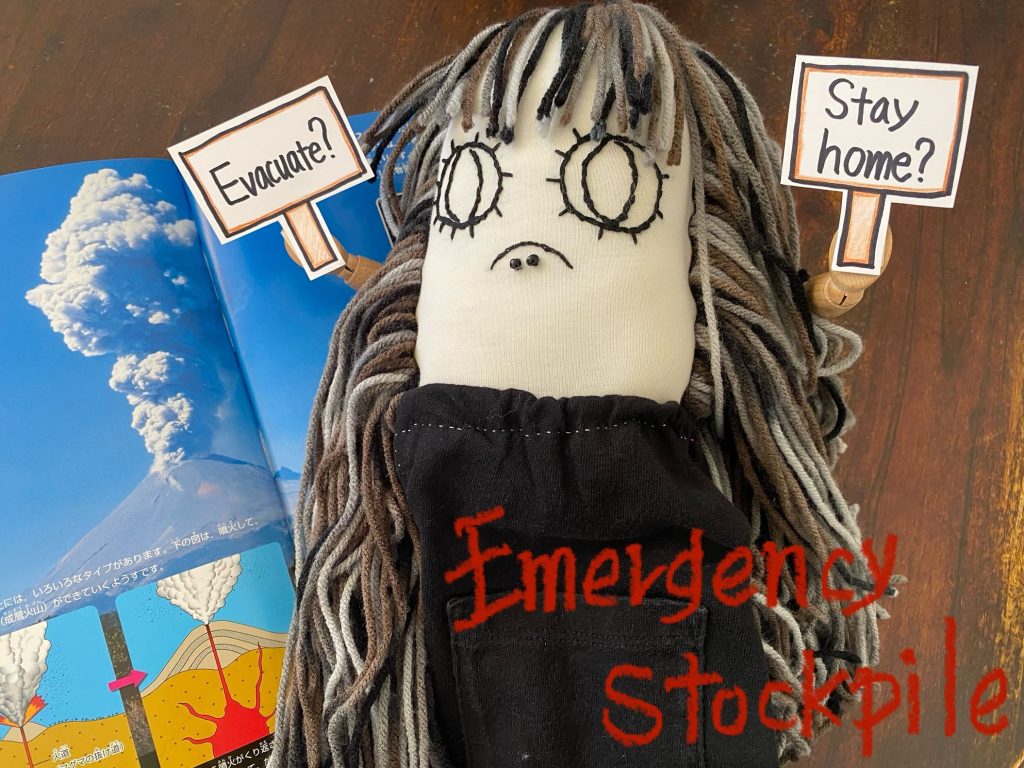
What should I know about the short-term stockpile?
I bought many kinds of emergency food. I think I am OK!
I am worried about whether or not my family can eat emergency food…
Should I buy food from a survivalist shop?
The effort you put into preparing emergency food pays off when you have to evacuate. Your stockpile determines to what extent you can keep your normal life after a disaster. But actually, the short-term stockpile will really only work if your home survives after a disaster, and only if you don’t need to evacuate from your home.
There are special emergency foods you can buy that are geared toward an evacuation. If you feel your home will be safe, and the need to evacuate is unlikely, then you don’t need to buy special emergency food for evacuations. On the other hand, if you might need to evacuate from home, there is special emergency food you can get that will help a lot. First, you need to check how likely it is that your place will survive a major disaster.
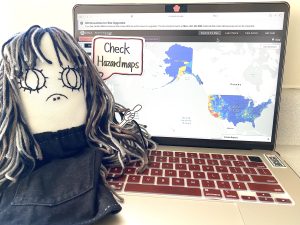
These websites will help you. (Please check similar websites for your country! )
▪︎ FEMA National Risk Index: Flood Hazard / Tornado Hazard
▪︎ National Oceanic and Atmospheric Administration (NOAA): Tsunami Hazard
After you check the hazard map, you can decide which types of food to buy and how much. Emergency food, specifically for evacuating is the first type of food. And extra, daily food for your home, is the other type.
For example, my apartment is very old, and our building will not survive a big earthquake.
I suspect the whole structure will come crashing down.
With that in mind, I have been setting up my short-term emergency stockpile with 80% emergency food for the home,
and 20% emergency food for the car.
I hope my home will not catch fire. If my home doesn’t burn down after a big earthquake, I might be able to salvage some of my food from the wreckage. 80/20 is the ratio I settled on, based on my situation. (For the rest of this post, I will focus on the short-term emergency stockpile of daily food for the home. I will talk about emergency food supplies for evacuations, in a future post.)
If your home will likely be ok, you might still need to worry about water and power outages.
After a disaster, you must:
1.Use the food from the refrigerator first.
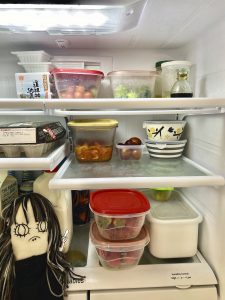
2.Next, use the food from the freezer.
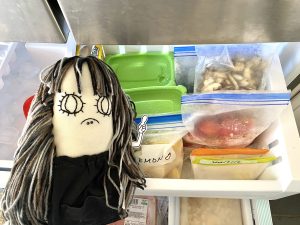
3.Finally, use your dry food, canned food, etc.
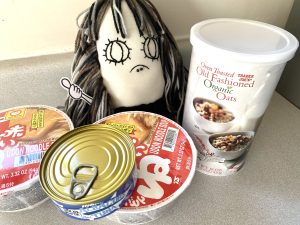
Additional recommendations:
1. Cook extra meals, in advance, and store them in the freezer or fridge. These pre-prepped meals will be emergency food.
2. Get potatoes and sweet potatoes, and use them in rotation. If push comes to shove, you can plant them and grow more.
3. For food which you rarely eat, but you bought anyway, please decide on a day when you will eat them. Like, once every 2 months, for example.
4. First set up and maintain a short-term stockpile with a 3 day supply of food, and then expand it to 1 week, and then 2 weeks. Do it gradually. You will get used to it, and it will become routine.
5. Your short-term emergency stockpile needs a variety of well-balanced foods (post #15, #16).
6. Clearly, you know foods which you don’t eat: do not buy them!
7. Restock before you finish an item completely, not after. You want to keep extra stocks in your stockpile.
8. Always consider water and power outages when buying food.
9. If you already know for sure that you will need to evacuate from your home, then don’t buy a lot of food. It would be a waste.
10. Remember, lots of garbage will accumulate after a disaster if the garbage trucks are out of commission.
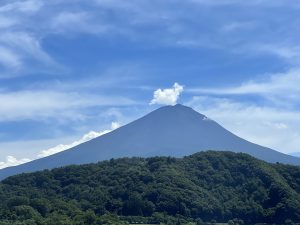
⚠️
Don’t buy emergency food in a flash of sudden inspiration. That usually causes problems later.
It is OK to simply buy your normal food, which you and your family eat on a daily basis: just get extra! That’s what you’ll need.
See you next time.
Remember, “Protect your life by yourself” (自分の命は自分で守る). You need to survive first, and then you need your emergency supply. No matter how well you prepared your emergency supplies, if you die, then all of your preparations will have been for nothing. First and foremost, keep your health up all the time. Build your stamina so that if you need to, you can evacuate as quickly as possible. Stay healthy.